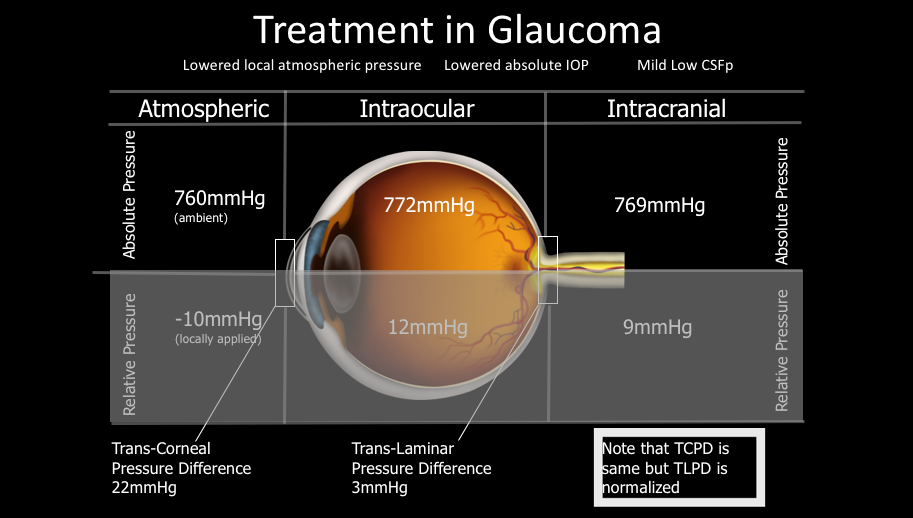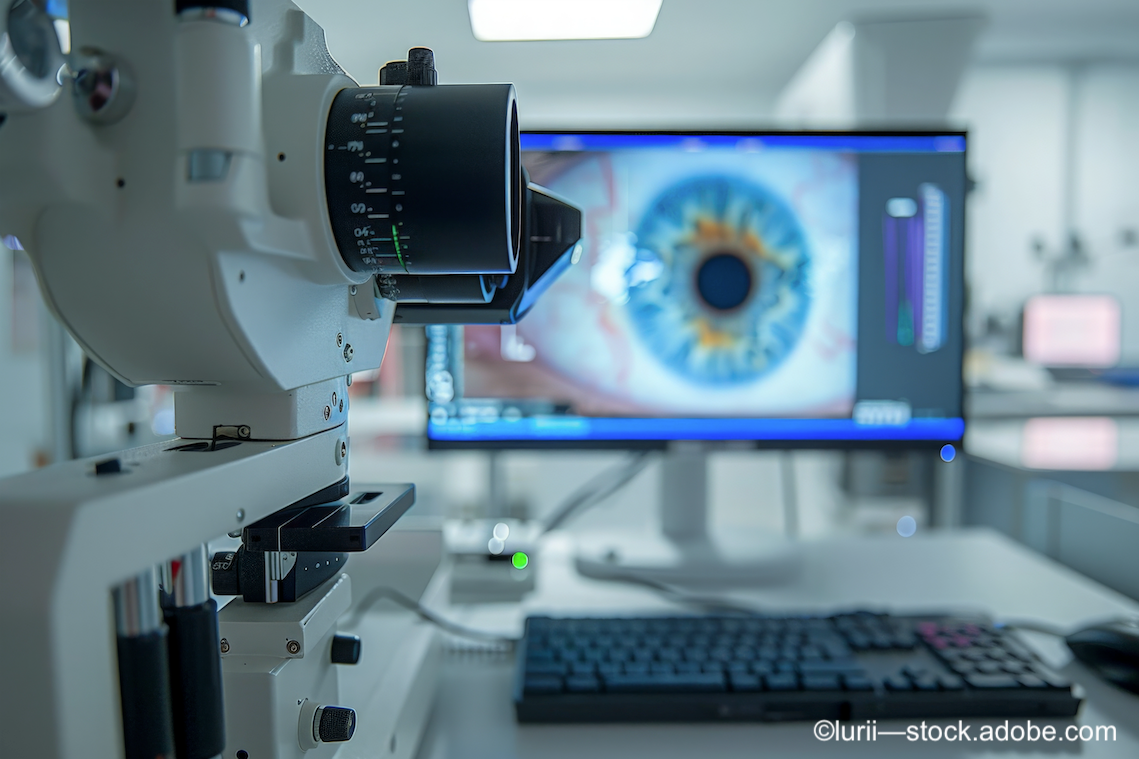Article
Should we treat CSF pressure in glaucoma?
Author(s):

Glaucoma specialists need to ask if cerebrospinal fluid (CSF) pressure in glaucoma matters, and if so, why, according to John Berdahl, MD.
"The underlying principles and underlying unmet needs make this an exciting topic to think about," said Dr. Berdahl, Vance Thompson Vision, Sioux Falls, SD.
He explained that glaucoma occurs at the optic nerve head, where there are two pressures: IOP and CSF pressure, both of which affect the nerve head.
"So there's a pressure differential, but we measure the pressure differential across the cornea," he said. "We use that differential to dictate what we do when disease occurs at the optic nerve head."
It is also important to consider that there are two pressurized fluids within 550 μm of the optic nerve and the lamina cribrosa, Dr. Berdahl said.
"It's really hard for me to believe that only the one on top matters and the other one doesn't," he said.
He went on to explain typical contrasts between pressures, such as an IOP that is slightly higher than intracranial/CSF pressure in normal patients, an IOP that is higher than the intracranial pressure in glaucoma patients, or the hypotony scenario in which IOP is lower than the intracranial pressure and the optic nerve complex moves anteriorly.
These different scenarios are important because 20% to 50% of glaucoma is normal-tension glaucoma, Dr. Berdahl said.
"If it was all about eye pressure, why would people with normal eye pressure get glaucoma in the first place?" he said.
He also pointed out that 8% of patients have severe glaucoma and get worse despite the use of trabeculectomies, tubes, or implants.
"How can we use this potential knowledge to help these patients?" he said.
Dr. Berdahl shared findings from previous research that found a pressure gradient occurring across the nerve head and that shows if you lower CSF pressure, you get nerve fiber layer defects and posterior cupping.
In some of his own research, Dr. Berdahl and fellow researchers found that patients with glaucoma have lower CSF pressure. He also has research demonstrating a translaminar pressure gradient bigger in normal-tension glaucoma and regular glaucoma compared with controls.
Dr. Berdahl also presented research that showed that CSF starts to decrease at age 65, which is also the time when the glaucoma risk tends to increase.
If CSF pressure is something that glaucoma specialists should treat, they could potentially do so with devices or drops to help raise it, Dr. Berdahl said.
"You could use a target other than [glaucoma specialists] saying, 'You seem to be getting worse.' It would be nice to have objective reasons to say what is the translaminar gradient and how you'd approach it," he said.
Dr. Berdahl also shared an example from what he called an out-of-the-box idea where if the atmospheric pressure is 0, the IOP was 22, and the CSF was 9, there would be a differential of 13 mm across the optic nerve head.
"If you lower the pressure in the front of the eye, that can lower the pressure inside the eye," he said. "You could create a chamber and creative a negative pressure vacuum."
That would release some of the atmospheric pressure and dial in eye pressure inside the eye.
John Berdahl, MD
E: john.berdahl@vancethompsonvision.com
This article was adapted from Dr. Berdahl's presentation during Glaucoma Subspecialty Day at the 2017 meeting of the American Academy of Ophthalmology. Dr. Berdahl is founder and chief executive officer of Equinox.

Study validates long-term efficacy of MicroPulse TLT for glaucoma management




